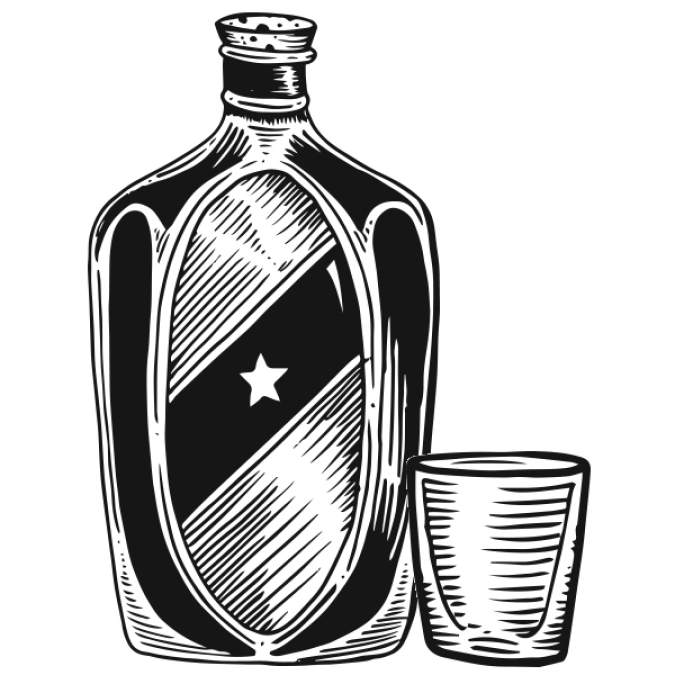You’ve probably never had shochu. That isn’t saying much; you probably haven’t had arrack or raki or tej either. Unlike those spirits, though, shochu has a wide range of possible cocktail uses, and, even more interesting, it’s being distilled right here in Seattle. SoDo Spirits was the first shochu distillery outside Japan when they opened in 2009, and they’re still largely on their own, hoping to bring this unique spirit to a public constantly searching for the next big thing.
I’ll own up to it: My knowledge of shochu was basically limited to “It’s like a sake liquor.” To remedy this ignorance, I met withSoDo distiller KC Sheehan to learn more. After touring the space and tasting the spirits, I have a new understanding and appreciation of what is currently the most popular liquor in Japan. “For a long time it was a laborer’s drink in Japan,” Sheehan said. “Now, though, they sell more shochu than sake.”
The easiest way to classify shochu is to say it’s “like vodka, but.” It’s a clear, relatively smooth spirit made from grain or other starches, but unlike vodka, it’s distilled only once, leaving behind more of the flavor of the starting grain. Sheehan uses pearled barley (which has been polished to remove the husk), but instead of malting it as is done in scotch, it’s inoculated with a fungus the Japanese call koji. This gives the result a unique umami quality (the so-called “fifth” taste, besides sweet, sour, salty, and bitter, that translates to “a pleasant savory taste”), and rounds out the flavor quite a bit. Instead of the harsh, alcoholic finish of most vodkas, shochus finish with mildness and a slight sweetness.
While it can be enjoyed on its own or slightly watered down, perhaps shochu’s most interesting application is mixed with tart fruit juices. Combined with cranberry or orange juice, it magically hides much of its acidity, leaving behind that rich, clean finish that makes it far more drinkable on its own than most vodkas. It opens some interesting possibilities in drinks with a strong acidic or bitter profile: say a corpse reviver #2 or even a lemon drop.
The big question is: Will a public attuned to vodka be willing to take a chance on an unknown spirit with a strange name and a slightly different flavor? To date, shochu is found mostly in restaurants and bars with a defined Japanese theme, like sushi restaurants. Obviously, Sheehan is hoping to change that, and has produced a whole line of flavored shochus to appeal to a number of different tastes: ginger, mint, chili-infused, even a barrel-aged shochu that has some elements of a whiskey.
There’s no doubt in my mind that this cocktail community can do interesting and delicious things with shochu. As was the case with me, it’ll require some education, some experience, and a willingness to experiment. We have the advantage of a local producer and a cuisine that liberally incorporates Asian flavors and ingredients, making shochu a natural fit in quite a few bars. Fellow bartenders: Let’s get to work.
thebarcode@seattleweekly.com






